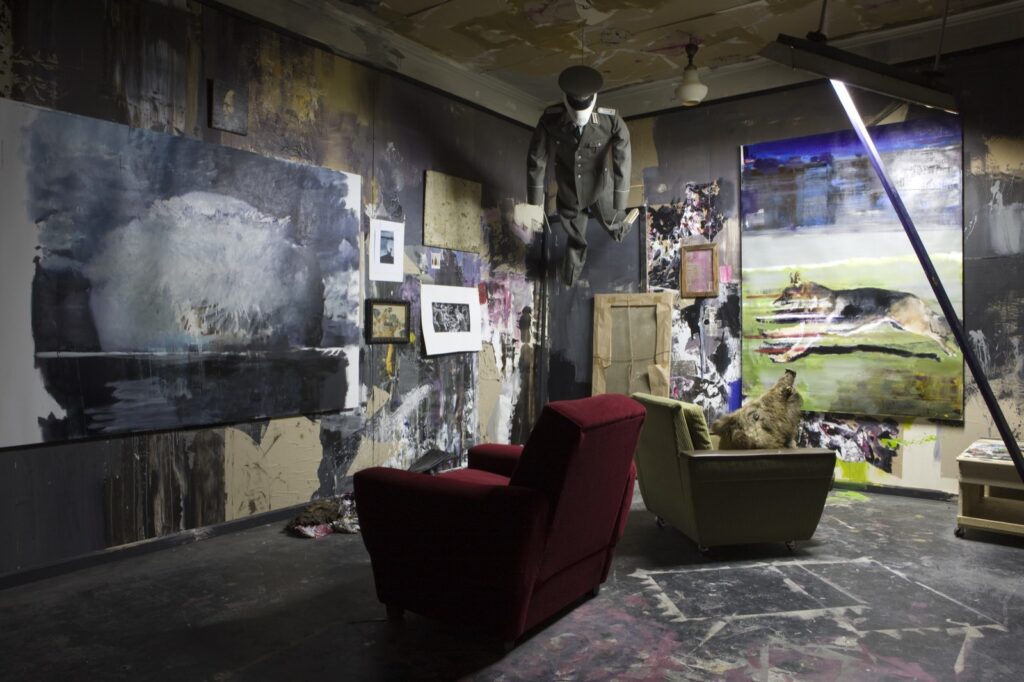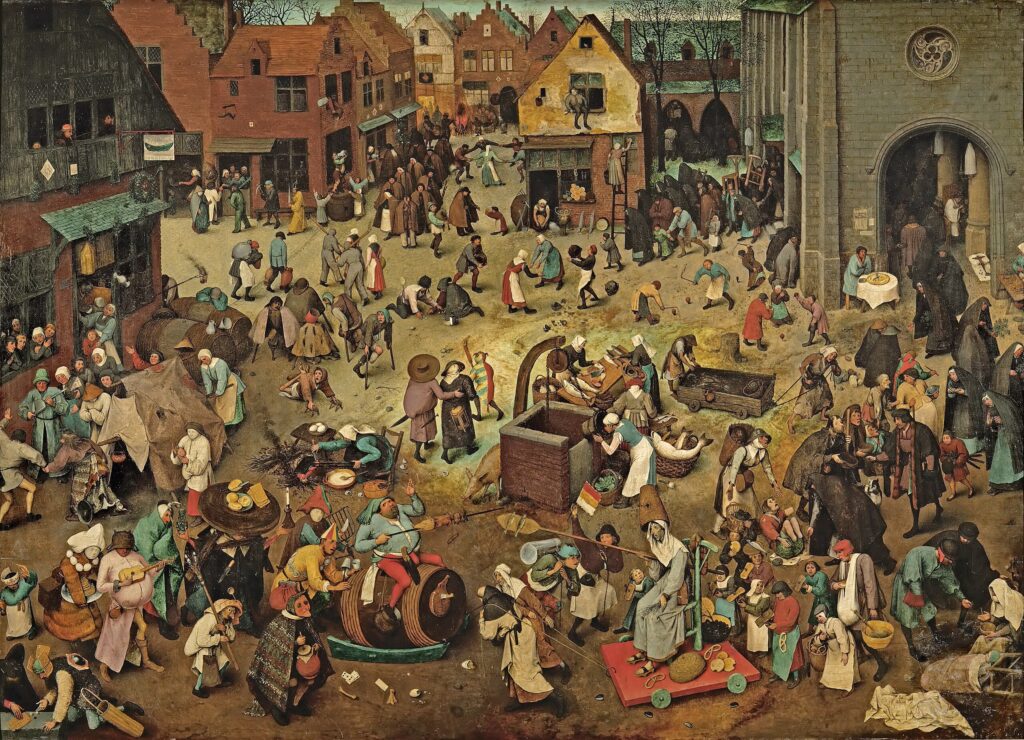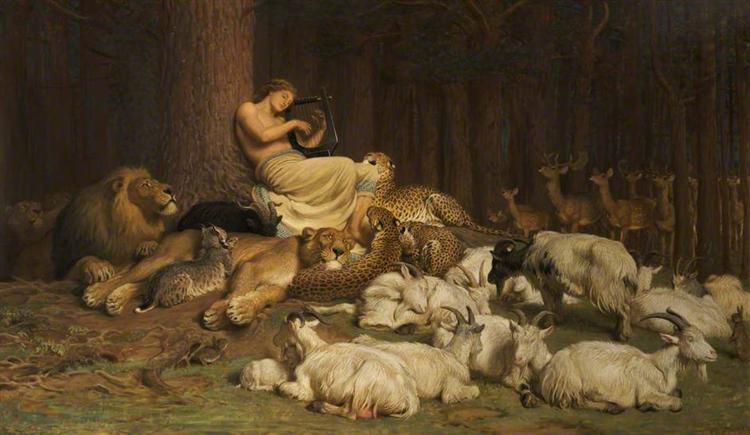Born in 1977 in Baia Mare, Romania, Adrian Ghenie is a contemporary artist renowned for his compelling, expressive paintings that delve into the complexities of history, identity, and memory. His work has garnered international acclaim for its unique ability to blend figuration with abstraction, creating a visceral experience for viewers.
Adrian Ghenie’s journey as an artist began in Romania, where he grew up during the final years of Nicolae Ceaușescu’s regime. The oppressive political climate and the subsequent revolution had a profound impact on his artistic perspective. Ghenie studied at the University of Art and Design in Cluj-Napoca, a city that would later become a hub for a new generation of Romanian artists. This educational background laid the foundation for his innovative approach to art, blending traditional techniques with contemporary themes.
Artistic Style and Themes
Ghenie’s work is characterized by its rich, textured surfaces and the dynamic interplay of light and shadow. His paintings often explore historical and political themes, drawing on his experiences growing up in a post-communist society. Through his art, Ghenie grapples with the collective memory of traumatic events, such as the Holocaust and World War II, as well as the psychological impact of these events on individuals and societies.
One of Ghenie’s signature techniques is his use of collage-like compositions, where he combines disparate images and ideas to create a cohesive narrative. This approach allows him to juxtapose the past and present, exploring the ways in which history continues to shape contemporary life.
Significant Works
Ghenie’s paintings are known for their emotional depth and complexity. Some of his most notable works include “The Sunflowers in 1937,” a haunting reinterpretation of Van Gogh’s famous series, and “The Dada Room,” which reflects on the chaotic and revolutionary spirit of the Dada movement. These pieces showcase Ghenie’s ability to merge art history with his personal vision, creating a dialogue between past and present.

International Recognition
Adrian Ghenie’s talent has not gone unnoticed on the international stage. His work has been exhibited in prestigious galleries and museums around the world, including the Venice Biennale, the Tate Modern in London, and the Centre Pompidou in Paris. His paintings have also achieved significant success at auction, cementing his status as one of the most sought-after contemporary artists.
Conclusion
Adrian Ghenie’s art offers a powerful exploration of the human condition, challenging viewers to confront difficult questions about history, identity, and the nature of memory. Through his masterful use of color, texture, and composition, Ghenie continues to push the boundaries of modern expressionism, making him a truly remarkable figure in the world of contemporary art. His work not only reflects on the past but also encourages us to consider how it informs our present and future.




